Where Do Migratory Birds Spend the Winter?
Updated: Mar. 26, 2024
We've all watched migratory birds flying south each fall. But where do these birds wind up at the migration journey's end?
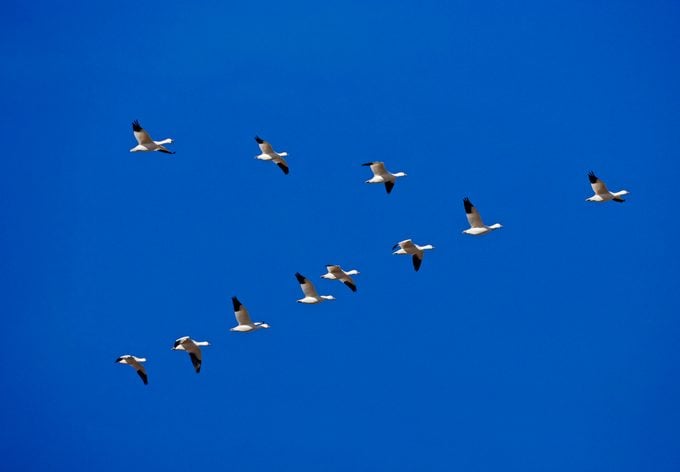
Migratory birds fly south for the winter. It sounds simple enough, right? But have you ever thought about what this means, exactly? “South” embraces a lot of territory, and different kinds of birds go to different places. In fact, the birds that nest in your neighborhood or that migrate over your backyard in fall could be going practically anywhere, from just down the street to the southern tip of South America.
We’ve always been fascinated by the journeys of our migratory birds. Some of their winter homes seem logical while others are surprising, but they’re all essential to the survival of these tough little travelers. To help you gain a little bit of understanding of what birds go where, we put together summaries by region. When you think about how far some of these little songbirds go, it’s pretty amazing.
Do robins migrate and return in the spring?
On This Page
Birds That Migrate to the Southern United States
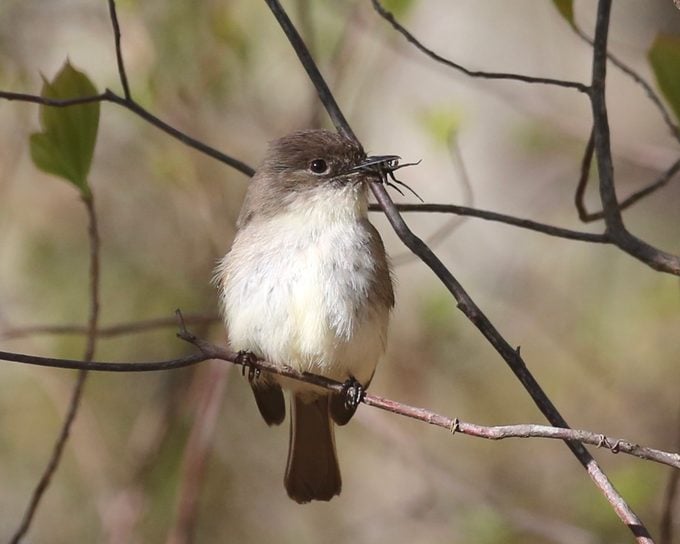
For birds that can survive the occasional cold snap, the easiest option is just to fly to the Southern states. They can make the trip in a series of short flights, without risking long journeys across open water. Many ducks and geese will fly to the southern U.S. for winter. For instance, the snow geese spend all summer in the Arctic tundra, then winter in southern pockets like Texas, California, Louisiana, Arkansas and the Carolinas.
Tree swallows, eastern phoebes and yellow-rumped warblers are all insect eaters that can survive on berries when insects are scarce. These migratory birds are common in the southern U.S. in winter, even though most of their relatives fly to the tropics. Other birds from northern backyards, including house wrens, gray catbirds and brown thrashers, also stay through the winter in the American South.
Birds That Migrate to Mexico and Central America
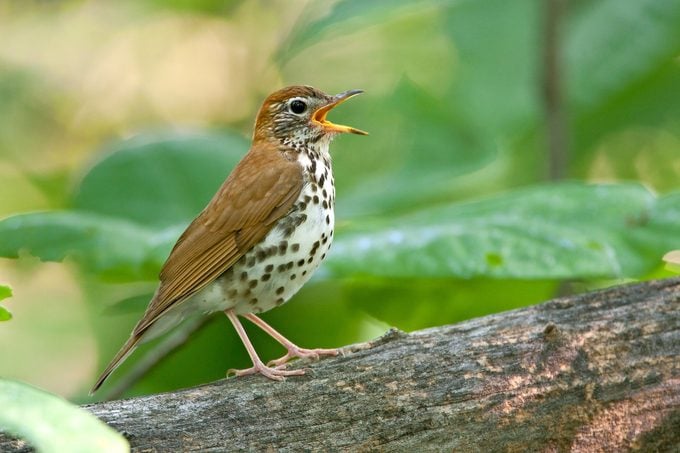
Birds don’t notice international boundaries, so a migrant flying south has no reason to stop at the Mexican border. Most of the winter birds of the Southern or Southwestern U.S. are also found in northern Mexico. But many more continue farther south, to the tropical climates of southern Mexico or the nations of Central America. In fact, this region provides a winter home for more than half the migratory bird species that leave us for the season.
Go to Central America in winter and you’ll see flocks of birds from all over the U.S. and Canada: western tanagers mixing with Philadelphia vireos, for example, or western kingbirds in the same trees as Baltimore orioles. A wide variety of U.S. birds, from wood thrushes to ruby-throated hummingbirds, spend at least half the year in this region. Some cross the Gulf of Mexico to get there, but many play it safe by just traveling down the coast of Texas and around the Gulf.
Birds That Migrate to the Caribbean
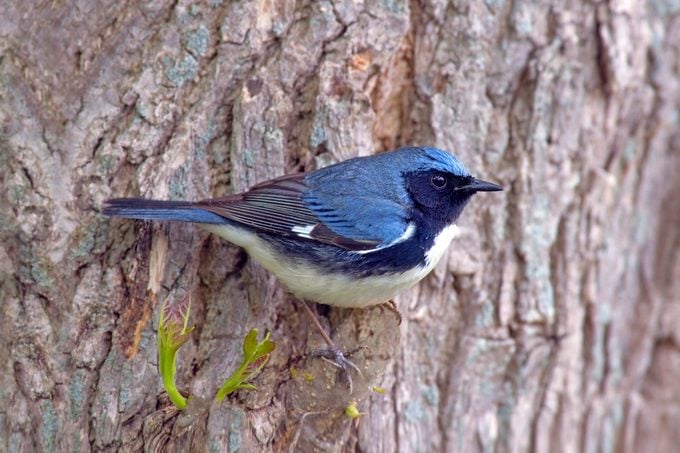
Winter vacation in the Caribbean—why not? The Caribbean Sea stretches more than a thousand miles from Florida to South America, with four large islands (Jamaica, Cuba, Hispaniola, Puerto Rico) and scores of smaller ones, from the Bahamas to the Lesser Antilles. Humans may go there for the beautiful beaches, but migratory birds go for the woods, marshes and thickets.
Some wide-ranging species, like indigo buntings and American redstarts, can be found wintering here and in several other places as well. But others are loyal fans of the Caribbean. Most of the world’s black-throated blue warblers and Cape May warblers, for instance, fly to these islands for the winter. Some palm warbler and prairie warblers can be found in winter in the Southeastern U.S., but many of them go on to the Caribbean.
Vast numbers of migrants fly from North America to the Caribbean every fall, but they don’t all go by the same route. Some move south to Florida and then eastward, but many fly straight to the islands from points farther north on our Atlantic Coast. These birds may fly over open water for two days or even longer.
Where do woodpeckers migrate in winter?
Birds That Migrate to South America
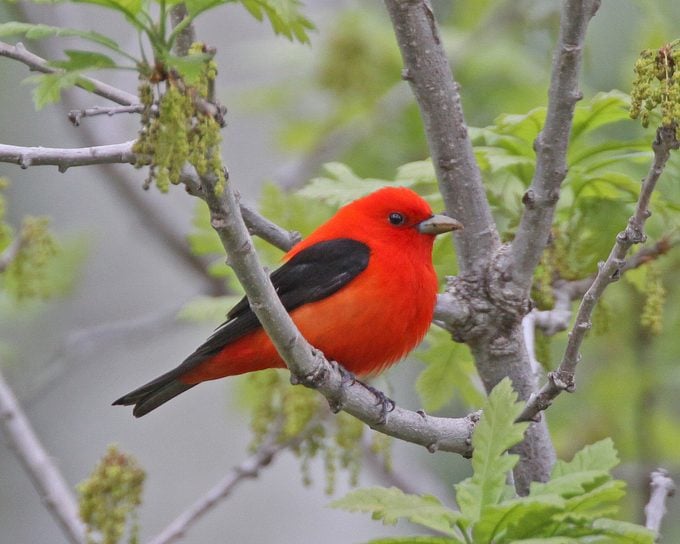
Surprising numbers of migratory birds fly all the way to South America. For some, the continent is just the edge of a broad winter range. Some rose-breasted grosbeaks, for instance, spend the winter in Mexico, while others go all the way to Ecuador.
But in some species, the entire population picks up and flies to the southern continent. For scarlet tanagers, eastern kingbirds, bobolinks and chimney swifts, South America is the place to be for the holidays. All purple martins go to the Amazon basin, although not for long; some start north again by the middle of January.
Among the birds that migrate farthest are certain shorebirds, like the American golden-plover, that travel from Arctic Alaska and Canada to the southern tip of South America.
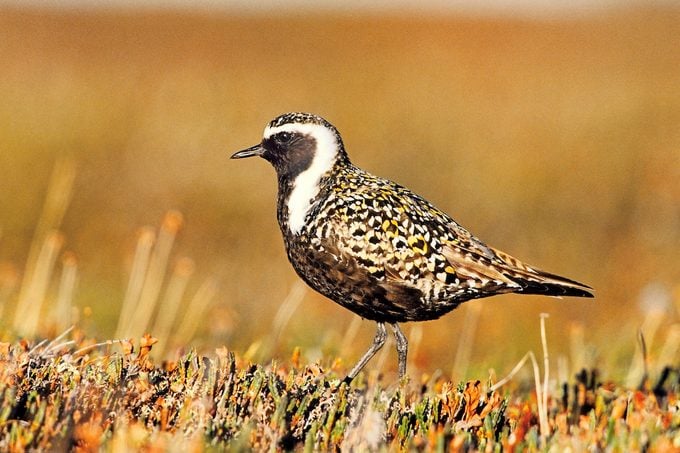
Some migrants take an overland route, following the twists and turns of Central America. This is true of some raptors, such as Swainson’s hawks, which sweep through Panama in huge numbers every fall en route to the southern continent.
But the most direct routes to South America are across the water, and most birds travel that way. Many may pause on islands in the Caribbean on the way, but others will fly directly to their destination.
Did you know: The tiny blackpoll warbler, weighing less than an ounce, may fly nonstop from eastern Canada to northern South America, a flight that can take more than 80 hours!
Why do some birds migrate while others don’t?
Northern Birds That Migrate to Your Yard
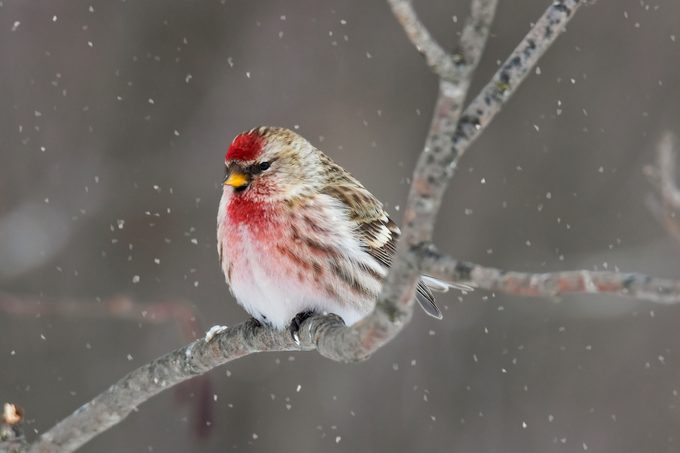
Unless you live on the Arctic edge of Alaska or Canada, your neighborhood will be a winter destination for some birds coming from farther north. Which ones? That depends on where you are. In the Northern states or southern Canada, you might find common redpolls or American tree sparrows. In many areas, dark-eyed juncos are the snowbirds you’ll see.
Wherever you are, seasonal changes add to the delights and rewards of watching birds.
Do bluebirds migrate in winter?
Bird Migration Routes
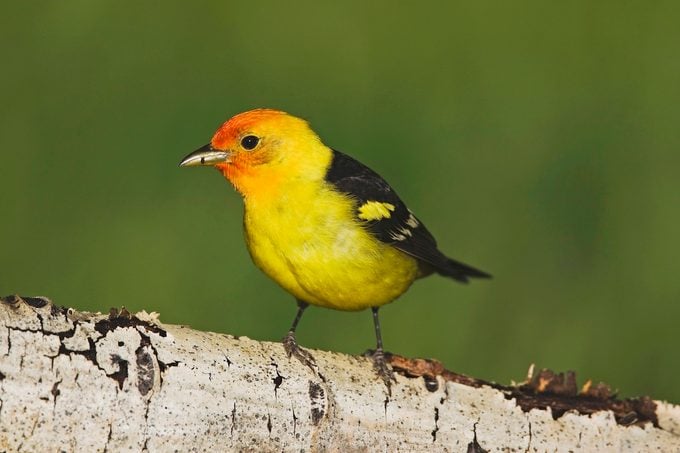
The concept of specific flyways for birds is popular, but, honestly, they don’t really exist. Sure, some areas are more heavily traveled than others, but there are not specific routes with large gaps in between. Migratory birds pass over every square mile of land in the Western Hemisphere.
Here’s a good way to look at it: Pretend that you’re looking down from space and you can see every individual bird route. In this scenario, it would look like an extraordinarily tangled plate of spaghetti, with strands going in all directions. You wouldn’t be able to pick out separate flyways from the mess.
Here are a few samples of routes that birds might take during migration, but remember—these are just examples.
- Scarlet tanager: Pennsylvania to Brazil
- Western tanager: Oregon to Costa Rica
- Black-throated blue warbler: Michigan to Jamaica
- Wood thrush: Ontario to Mexico
- American golden-plover: Northern Alaska to southern Argentina
- Blackpoll warbler: Eastern Canada to northern South America
Behavior of Migrating Birds
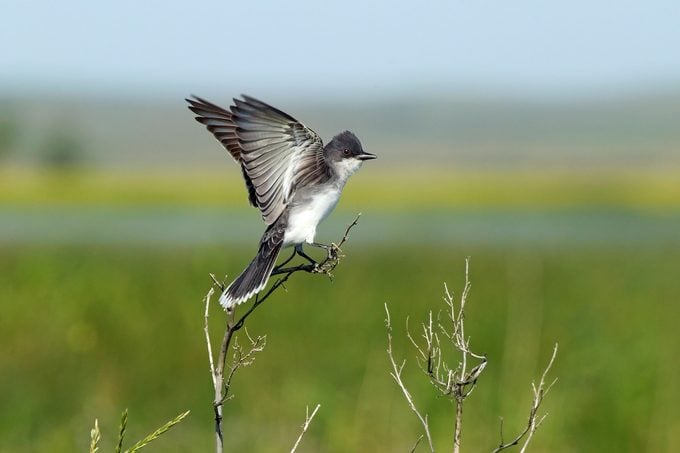
For some people, a tropical vacation means a chance to do things they could never do at home. What about birds? When they fly south, do they take on different lifestyles? Certainly, their habitats change. The yellow-bellied flycatcher spends the summer in the shady undergrowth of Canadian spruce bogs. In its winter range in Central America, it lives in the undergrowth of the rain forest.
Many other birds make this sort of shift, but some switch habitats in a more dramatic way. For example, the graceful black tern spends the summer around marshes and lakes, but in winter it may wander far out to sea.
Some birds that are solitary in summer form flocks in winter. And some even change their diet with the season.
Here’s an extreme example: The eastern kingbird is usually seen alone or in pairs during the summer, perching low in open country, eating insects. In winter, these same birds gather in flocks in the Amazon basin, wandering through the treetops of the rain forest and eating berries.
Next, discover bird migration patterns that have changed.
Why Trust Us
For nearly 30 years, Birds & Blooms, a Trusted Media Brand, has been inspiring readers to have a lifelong love of birding, gardening and nature. We are the #1 bird and garden magazine in North America and a trusted online resource for over 15 million outdoor enthusiasts annually. Our library of thousands of informative articles and how-tos has been written by trusted journalists and fact-checked by bird and garden experts for accuracy. In addition to our staff of experienced gardeners and bird-watchers, we hire individuals who have years of education and hands-on experience with birding, bird feeding, gardening, butterflies, bugs and more. Learn more about Birds & Blooms, our field editor program, and our submission guidelines.
